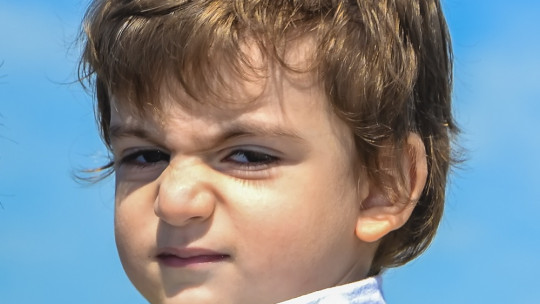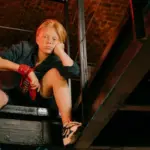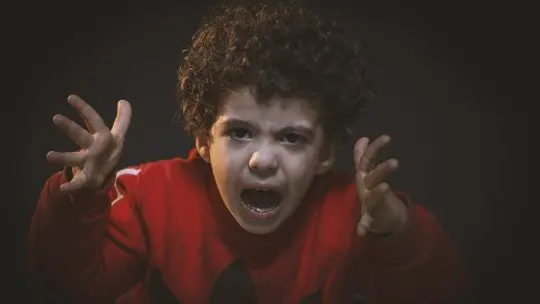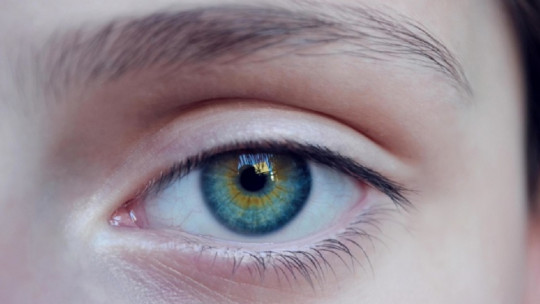We are gregarious beings, and the fact of living in society makes it necessary to establish a series of basic rules to guarantee a healthy coexistence that respects the basic rights of each fellow citizen, both on a legal and ethical level. Most of us obey most of these rules, or at least the second ones, often almost unconsciously by internalizing them.
However, there are people who manifest a behavioral pattern characterized by consistent rejection of them and indifference to the basic rights of others.
Probably, after this description we can think that we are going to talk about adults with antisocial personality disorder. But the truth is that these patterns are also observed in childhood, in those children with conduct disorder It is this disorder that we are going to talk about throughout this article.
Defining conduct disorder
Conduct disorder, now called conduct disorder in the latest version of the Diagnostic and Statistical Manual of Mental Disorders (DSM-5), it is an alteration typical of minor subjects (which may begin at different times of child-adolescent development) that throughout their childhood present a pattern of continued behavior characterized by the presence of a systematic violation of social norms and the rights of others for at least twelve months.
Specifically, This pattern of behavior is identified with the presence of aggressive behaviors against people (which may include the use of weapons) or animals (with frequent torture and/or execution of small animals and pets), the use of fraud and theft of small objects or breaking and entering, serious breach of the rules general social conditions of coexistence and/or vandalism.
Children with this disorder suffer significant impairments in various areas such as social life and at school They usually present low levels of empathy, ignoring the rights and feelings of others. It is also common for them to give a sensation of hardness of character, as well as to have preconceived ideas regarding society and rejection. They are also generally characterized by acting without thinking about the consequences and impulsively, with risky behaviors and a low capacity for delaying gratification and tolerance for frustration.
Generally, their actions do not usually go unnoticed by those around them, something that can also lead to socialization problems and frequent problems at school and with the law. Despite this, some behaviors tend to initially go unnoticed, being hidden or not very visible (such as the torture of animals). They may present a lack of concern for their performance, superficial affection, lack of empathy and a low or non-existent level of remorse for the consequences of their actions, although these characteristics do not occur in all cases.
Relationship with antisocial personality disorder
Conduct disorder has been considered throughout history, and in fact has sometimes been confused, with antisocial personality disorder. It should be noted that both are not synonyms, although in some cases There is syndromic continuity and the diagnostic criteria for both disorders have few divergences beyond the age of onset (antisocial disorder requires that the subject already have a formed personality, the turning point being considered from the age of 18, although antisocial behavior patterns must appear before the age of fifteen).
In fact, although the majority of the disorder disappears upon reaching adulthood and developing more elaborate behaviors and abilities (especially in those cases in which the manifestation of the disorder has a more adolescent onset), a considerable percentage of these children will end up developing an antisocial personality disorder. In this case we largely find subjects who have had an earlier-onset conduct disorder, further fixing and limiting their behavioral repertoire and way of seeing life.
Possible causes associated with this psychological phenomenon
Since the conception of this disorder, the scientific community has tried to find an explanation for this type of behavioral disorder. It is considered that there is no single cause of this disorder, but rather There are multiple factors that influence its genesis
From a biological perspective, the possible existence of behavioral inhibition problems derived from a lack of development or underactivation of the frontal together with an excess of activation of the limbic system and the brain reward system has been raised. The existence of a lack of moral development, the capacity for empathy and immaturity is also assessed, which may be given in part by elements intrinsic to their biology. and partly due to poor socialization
At a more psychological and social level, it has been observed that many of these children come from homes in which there are behavioral problems and marginalization. The presence of continued intra-family conflicts can be associated by minors as a natural way of proceeding, acting as a model, while at the same time can cause the child to learn not to trust others Social rejection has also been linked to the emergence of this disorder, observing that they usually have problems relating and solving problems.
The type of parenting pattern is also linked: authoritarian and critical parents with a punitive way of acting Or overly permissive parents whose instructions are unclear and do not allow them to learn discipline or the need to comply are more likely to teach their children to act covertly or that their will must always be done. This does not necessarily imply a conduct disorder, but it can facilitate it.
An attempt has also been made to explain this problem as an aspect based on conditioning: throughout his life the minor has observed that carrying out aggressive acts helps them achieve their objectives the consequences of said acts initially being appetitive and reinforcing the repetition of the same way of proceeding.
Treatment
Conduct disorder is a problem whose treatment is still not completely well established today. It is common that various multimodal programs are used, which include both the child and the parents and services in contact with the minor, and that require the collaboration of professionals from different disciplines and with an eclectic approach.
On a psychological level, a program is usually recommended that includes training in social and communication skills, as well as problem solving. Reinforcement of prosocial behaviors, behavioral contracts, modeling, and emotional expression are also useful. Cognitive-behavioral programs are generally used trying to teach positive ways of relating and generating alternative behaviors to those typical of the disorder.
Parent training and psychoeducation are also elements to take into account and that can help reassure and teach behavior and learning guidelines for the child.
In very extreme cases and especially in those subjects whose behavioral alterations are due to the experience of emotional discomfort, in addition to a treatment dedicated to modifying the elements that generate discomfort or the perception of these the use of some drugs may be recommended like SSRIs.









